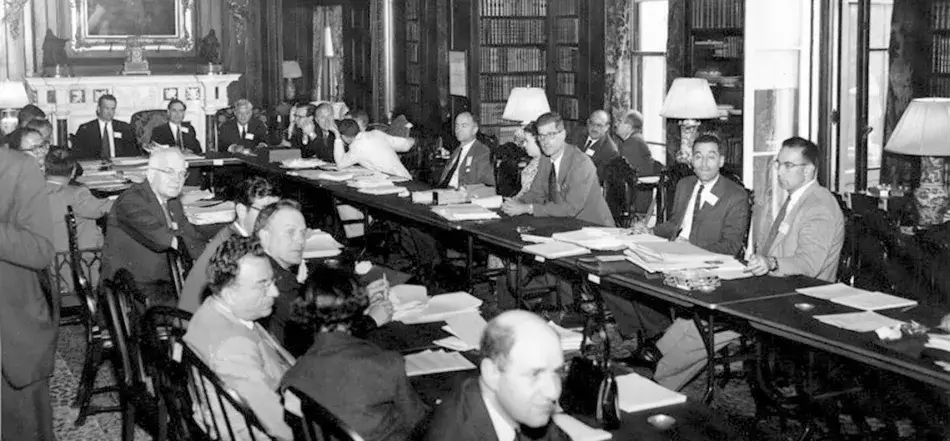The American Academy’s Project on Promoting Dialogue on Arms Control and Disarmament
The American Academy’s Project on Promoting Dialogue on Arms Control and Disarmament
The rapid deterioration of relations among China, Russia, and the United States has significant and worrisome consequences for the stability and security of the current global nuclear order. Differently from the Cold War, the current nuclear age is characterized by a simultaneous collapse of arms control agreements and the absence of any strategic dialogue among the three main nuclear players that would serve to minimize and reduce the potential risks of a nuclear escalation. But as was demonstrated throughout the Cold War years, the creation of working group platforms for creative brainstorming on areas of common ground is an essential step to reduce tensions and promote a more cooperative intentional environment.
The Academy has partnered with The Pugwash Conferences on Science and World Affairs to convene a series of meetings, which began in 2018, to explore potential directions for a larger project to foster dialogue between nuclear experts and former officials from the United States, China, and Russia. One strand of project work consists of a series of bilateral U.S.–Russia and U.S.–China dialogues designed to identify critical goals in arms control. A second strand of work will build on the Academy’s experience organizing educational sessions for the U.S. Congress through offering a series of engagements with Members of Congress and their staffs to deepen knowledge in Congress on key issues and challenges facing the United States in arms control and international security.
The Academy’s Historic Nuclear Work
The Academy has played a crucial role in the nuclear field, particularly when a viable path to cooperation and collective governance was not clear. In 1959, at the height of the Cold War and the nuclear standoff between the United States and the USSR, members of the American Academy, including Donald Brennan, Thomas Schelling, and Henry Kissinger, among others, gathered at the Academy to rethink the framework that had governed the relations between the two superpowers following World War II and to offer a new model of global interaction. The work of this group, in partnership with contemporaneous policy-makers, helped pave the way for the adoption of a new and veritably transformative American nuclear posture based on strategic stability and arms-reduction, rather than on arms-accumulation.

Since 1960, the American Academy of Arts and Sciences has conducted more than a dozen major projects on arms control and nuclear policy topics, ranging from the future of submarine-based deterrents to international arrangements for nuclear fuel reprocessing to weapons in space. The Global Nuclear Future Initiative (2008–2019) addressed nuclear issues such as mitigating the problem of insider threats and managing spent nuclear fuel. Meeting the Challenges of the New Nuclear Age (2016–present) is a two-phase project that seeks to articulate a new framework for governing relations among the nine existing nuclear weapons states, with particular attention to strengthening strategic stability within two critical nuclear triangles: China, the United States, and Russia as well as India, Pakistan, and China.